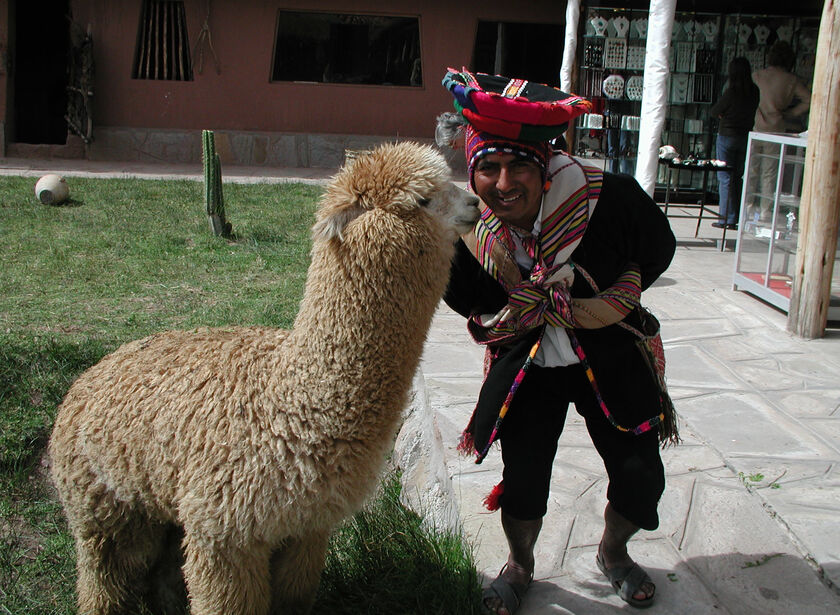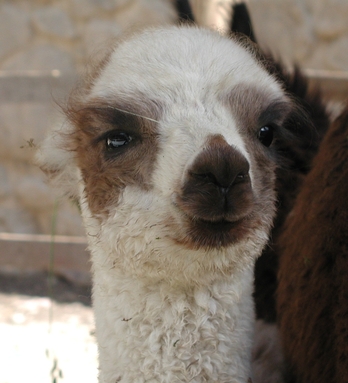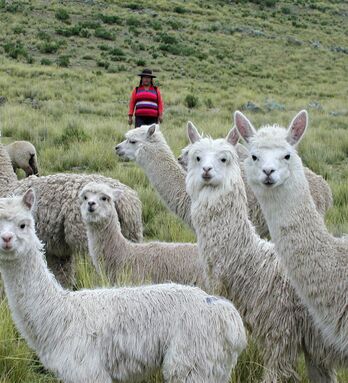
Why is Alpaca Wool Special?
Once treasured by Inca Royalty for its unique strength, lustre and buttery softness, Alpaca wool (or alpaca hair as it is also called) has a hollow fibre which renders it uniquely light and significantly warmer than the same weight of merino wool.
Alpaca wool contains no lanolin, the waxy substance you find in sheeps' wool which is added to a lot of hand creams. Lanolin is a known irritant to a lot of sensitive skins. Alpaca does contain its own oil, but it's negligible compared to lanolin in wool. This, together with an absence of 'prickle factor', makes alpaca wool hypoallergenic and therefore ideally suited for babies and sensitive skins. It is several times harder wearing than merino wool, does not pill or ball and washes beautifully.
As a brand, we source our alpaca yarn from 2 well established yarn manufacturers in Peru who sort and grade the alpaca fleece by colour and by micron (the diameter of the hair shaft). The fleece is shorn from their own farmed alpacas as well as from the harsh high plains of the Peru Andes from farmers whose families have herded alpacas for thousands of years.









